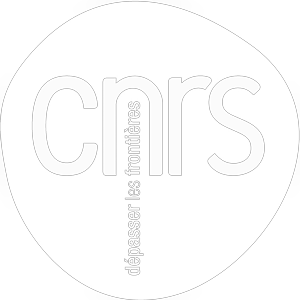New particle formation at a peri-urban agricultural site
authors
keywords
- New particle formation
- Agriculture
- Air quality
- Ammonia
- VOCs
document type
ARTabstract
New Particle Formation (NPF) is a major source of ultrafine particles that affect both air quality and climate. Despite emissions from agricultural activities having a strong potential to lead to NPF, little is known about NPF within agricultural environments. The aim of the present study was to investigate the occurrence of NPF events at an agricultural site, and any potential relationship between agricultural emissions and NPF events. A field campaign was conducted for 3 months at the FR-Gri-ICOS site (France), at an experimental farm 25 km west of Paris city centre. 16 NPF events have been identified from the analysis of particle number size distributions; 8 during the daytime, and 8 during the night-time. High solar radiation and ozone mixing ratios were observed during the days NPF occurred, suggesting photochemistry plays a key role in daytime NPF. These events were also associated with higher levels of VOCs such as isoprene,methanol, or toluene compared to non-event days. However, ammonia levels were lower during daytime NPF events, contributing to the hypothesis that daytime NPF events were not related to agricultural activities. On the other hand, temperature and ozone were lower during the nights when NPF events were observed, whereas relative humidity was higher. During these nights, higher concentrations of NO2 and ammonia were observed. As a result, agricultural activities, in particular the spreading of fertiliser on surrounding crops, are suspected to contribute to night-time NPF events. Finally, all the identified NPF events were also observed at SIRTA monitoring station 20 kmfromthe FR-Gri ICOS site, showing that both night-time and daytime NPF events were regional processes. We hypothesise that night-time NPF may be related to fertiliser spreading over a regional scale, as opposed to the local activities at the farm. To our knowledge, this is the first time night-time NPF has been observed in the agricultural context.



